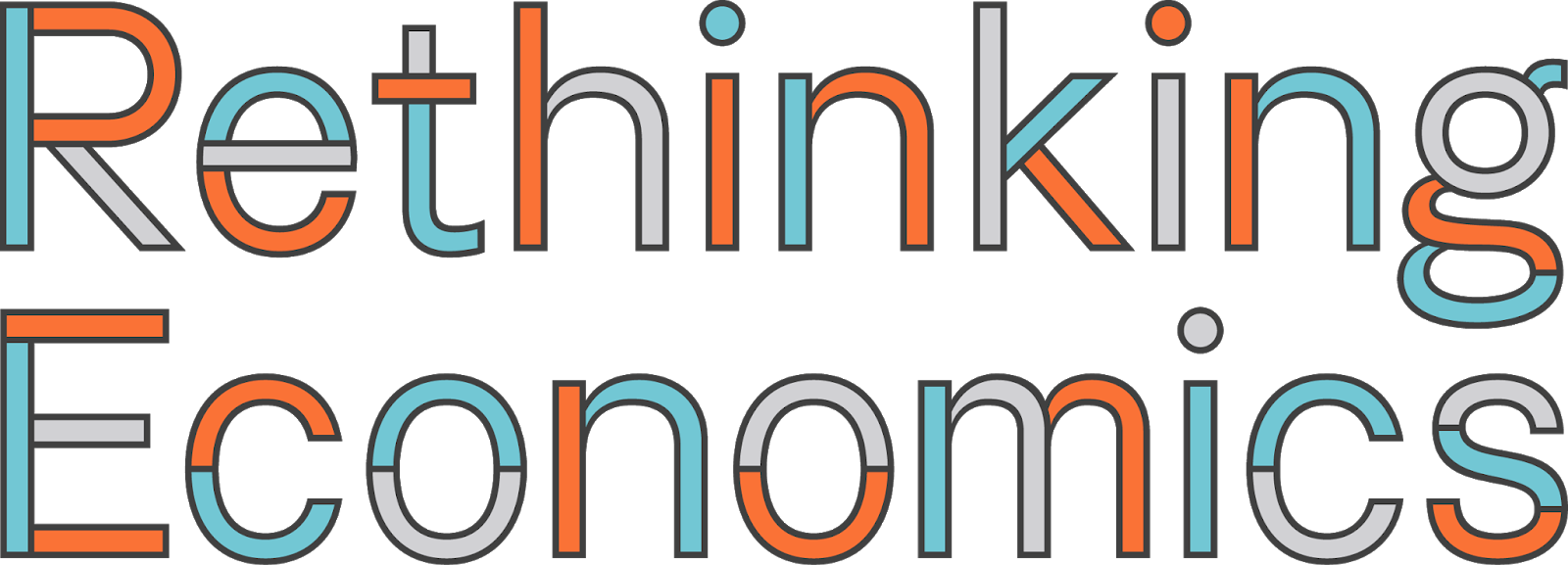The ‘How Firms Work’ Approach to How Firms Work
Rethinking Economics, 2020
Pluralist Showcase
In the pluralist showcase series by Rethinking Economics, Cahal Moran explores non-mainstream ideas in economics and how they are useful for explaining, understanding and predicting things in economics.


The ‘How Firms Work’ Approach to How Firms Work
Firms are the primary places where economic activity takes place in modern capitalist economies: they are where most stuff is produced; where many of us spend 40 hours a week; and where big decisions are made about how to allocate resources. Establishing how they work is hugely important because it helps us to understand patterns of production and consumption, including how firms will react to changes in economic conditions and policy. And a well-established literature – led by post-Keynesians and institutionalists – holds that the best way to determine how firms work is to…wait for it...ask firms how they work. This a clearly sensible proposition that is contested in economics for some reason, but we’ll ignore the controversy here and just explore the theory that springs from this approach.
There is a long standing tendency in this literature to begin through simple observation of the business world. The late Fred Lee, who literally wrote the book on post-Keynesian pricing, conveys an illuminating anecdote about one of the earliest economists in this area, Gardiner Means:
“Means entered Lowell Textile School in September 1920, a decision prompted by his experience of hand-weaving in Turkey. After two years of studying wool manufacturing, he left in March 1922 to set up a textile enterprise …Means became well acquainted with the Boston wool market and the textile machinery market, and quickly came to the conclusion that American industrial life was very different than what he had experienced in the oriental bazaar in Harput.”
One of the first extensive studies of pricing behaviour was done a short while after Means established his firm, when in 1939 Hall and Hitch asked 38 (mostly manufacturing) firms about their pricing behaviour. Although this is old survey with a small unrepresentative sample, many of the main insights have stood the test of time, having been further supported by evidence such as Alan Blinder’s famous 1999 book Asking About Prices and countless other surveys of firms, as well as being theoretically developed and consolidated by researchers such as Lee and Marc Lavoie. Below I will outline the key findings in plain English to avoid the tedious exercise of drawing cost curves which economists seem to love so much.
Behaviourists have long argued that humans, both inside and outside organisations, are incapable of making complex decisions and tend to use approximations, which is consistent with the fact that most firms use ‘mark-up’ rules to set their prices. Rather than estimate their full range of costs and revenues, which are usually unknowable, businesses first estimate their average costs over all of their operations and then add some customary percentage. According to John Kenneth Galbraith mark-up pricing is “an indispensable simplification of what would otherwise be an inordinately complex task”.
This percentage is usually determined by a target rate of return over investment (basically just profit divided by costs) so that the firm can be sure they’ve at least covered their expenses and satisfied their investors over a given time period. According to Lee, firms try to strike a balance between complexity and practicality by marking up a few times over different levels of their organisation, a process known as normal cost pricing. First firms will estimate their costs for running a factory, then mark it up to cover their overheads; then they’ll mark that up to cover administration and management of the whole firm; then they’ll mark up over the final cost to generate a profit. Naturally this process is quite costly and takes time, so businesses are reluctant to do it too often. This leads to another well-established fact: prices tend not to change for relatively long periods, something Gardiner Means was quick to notice:
“Means found that while the prices of cotton and wool varied continuously as in a bazaar, the prices of cotton and wool yarns did not. He thus deduced that the pricing process for the yarns was significantly different from the pricing process for cotton and wool. Means also found himself setting his price prior to any transaction in the market and then engaging in many sequential transactions at this price. For one five-year period in the 1920s, he maintained the same price, even though his costs and sales varied, and sold many thousands of blankets.”
The thing is, nobody really likes price changes. Most modern firms deal with repeated transactions, both in their supply chain and with consumers, and they like to maintain steady terms to create goodwill and so plans can be carried out over time. Consumers consider price rises to be unfair unless costs have risen; furthermore (with their unique combination of both stubborn and fickle) consumers are not especially responsive to price falls. Since firms experience falling costs over the long-term they may reduce prices as they expand, or if demand is especially disappointing, but generally they will resist price reductions, contending that they do not reliably lead to increases in revenue and can instead create destructive price wars. Most competition therefore takes place outside prices including in investment, research and development and advertising.
As prices are often set for long time periods, firms need a way to deal with fluctuations in demand, which they do by holding inventories and/or having some normal level of spare capacity so they can expand in the short run without the cost of each unit going up. This means that quantity rather than price adjusts to demand conditions, sending signals to the firm about what is popular. Think of a clothes store experiencing a surge in customers - would the owner raise t-shirt prices until the number of buyers matched the number of sellers? It is more likely that they’d sell first come first serve, then consider buying more stock or expanding in the future. For this reason prices are not designed to clear markets but to provide firms with a steady stream of revenue, even as demand and supply conditions change over time (as noted by Means).
Lavoie argues that the ultimate goal of firms is the pursuit of power - primarily economic, but of course this can include political lobbying, especially for larger firms. This is a way of coping with uncertainty so that the firm can exercise control over its environment to ensure its survival. In practice this means that firms will pursue growth so that they can increase their size and market share, as well as benefitting from economies of scale. He cites a 1980 study by Arthur Francis which seems to support this contention, showing that managers value growth in profit highest (with the rate of return a close second) because it finances expansion. Growth is, however, limited by the extent to which firms can obtain finance - which itself depends on the firm’s performance – plus the fact the firm cannot grow too fast for fear of losing control over its operations, even if over the long term it can grow indefinitely.
In summary, the picture painted by the evidence from firms is that they set prices by adding a mark up to their estimated costs, keeping them constant for as long as is feasibly possible and adjusting output in the short-run while expanding their operations in the long run. As they expand, their costs tend to fall and depending on what the market will take, they may reduce prices to reflect this, but price reduction is not the primary means of competition. Instead, they try to establish power over the market by increasing their market share, product quality and through advertising, as well as through political means.
Despite this last point, the literature is surprisingly silent about the policy implications of these insights. The ever-political Galbraith famously argued corporations’ (successful) search for power created the need for ‘countervailing power’ from unions and the state to keep them in check, and that the widespread existence of administered prices planned by corporations meant that price controls were a better policy than they were usually cracked up to be. Beyond that few authors have used these studies to come to political conclusions - but perhaps that’s a triumph of social science rather than something to be lamented.

